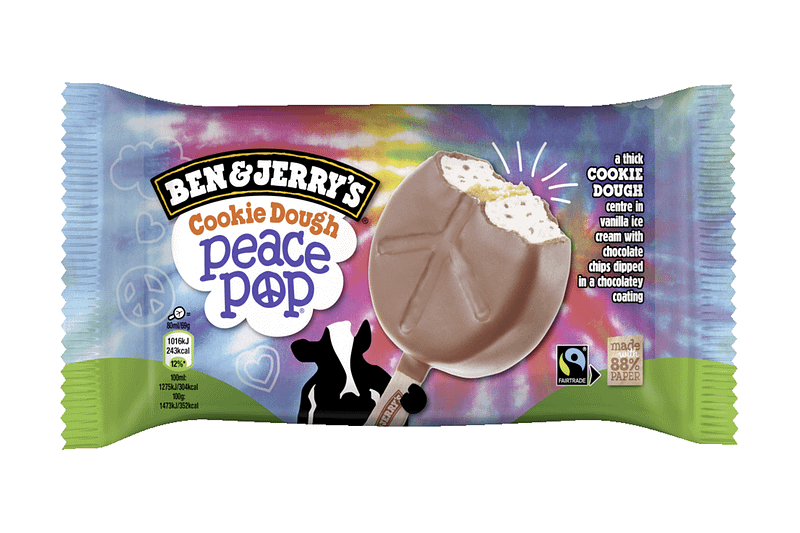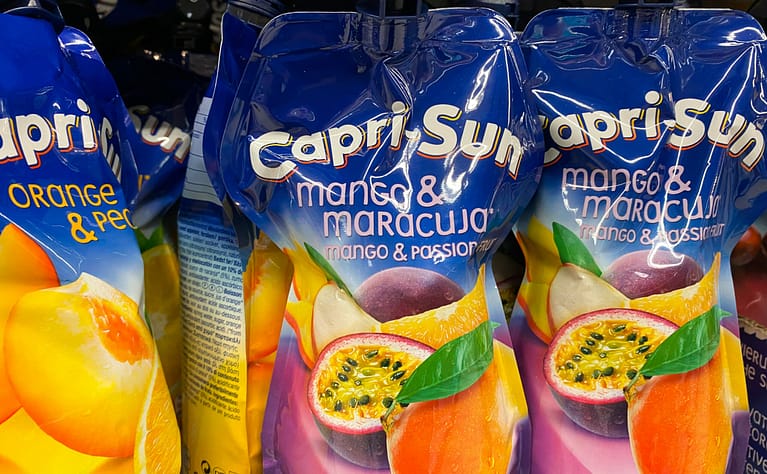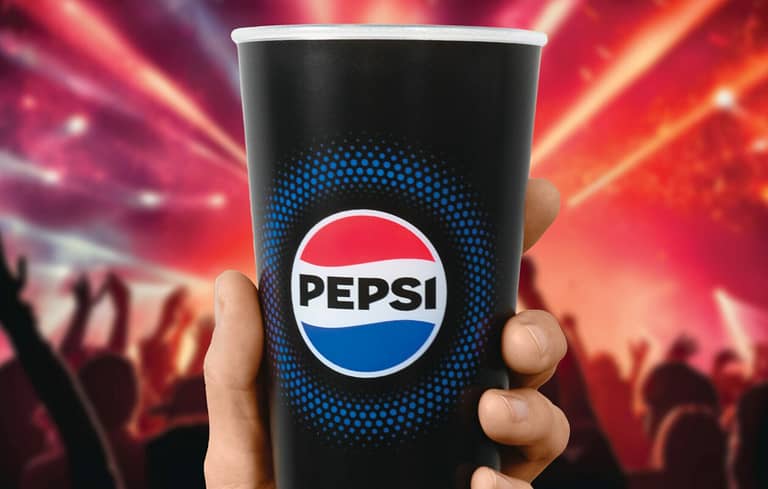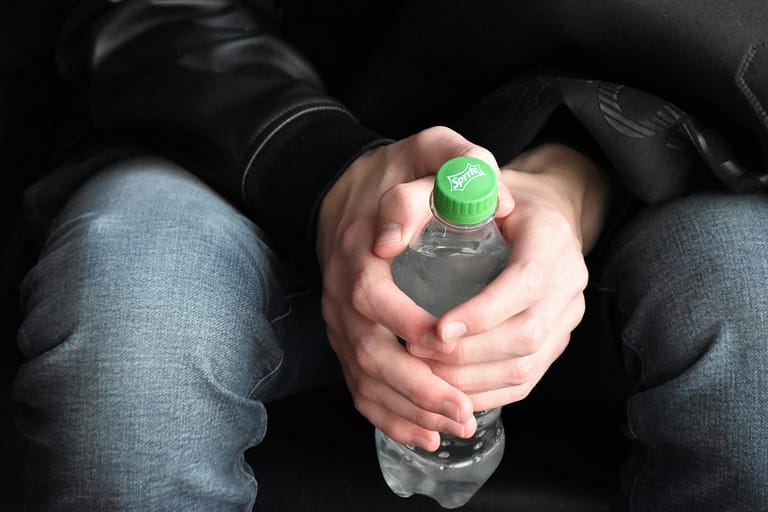Image Source: Unilever – BEN & JERRY’S
Paperisation of popsicles. Is all that glitters gold?
Thomas Reiner | 09.02.2021
Unilever is launching a new on-stick version for the best-selling flavour of its Ben & Jerry’s brand. The paper-based and recyclable packaging targets a precisely defined market segment. Clever! Overall, the market is moving in a clear direction. But important questions remain that apply to all paper-plastic composites.
The renaissance of paper is more than a renaissance. Step by step, paper is conquering areas of application that were previously the domain of plastics. Unilever is also going down this path for its Ben & Jerry’s ice cream brand. The new on-stick version of the best-selling flavour Cookie Dough will soon be launched in a paper-based and largely recyclable packaging.
Customers can now enjoy the new on-stick version of Cookie Dough on the go. The new packaging fits perfectly with the public perception and the self-portrayal of the Ben & Jerry’s brand, which positions itself as “fairer” and “more sustainable”. It is therefore clever and logical that Unilever offers its new, paper-based packaging to a target group that is particularly sensitive to sustainability issues. But is all that glitters really gold?
Unilever’s design and strategy
The Cookie Dough Peace Pops are attached to a wooden stick and come in packaging that, according to the company, is made of up to 88 per cent paper and is largely recyclable.
Ben and Jerry’s is trying to tie in with its sustainability strategy with the new packaging, which already uses 40 per cent less plastic in its classic ice cream tubs, which is also supposed to come from a renewable, plant-based source.
Across products, Unilever aims to halve the use of virgin plastic by 2025 as part of a global commitment to make all packaging reusable and recyclable or compostable.
Open questions on regulation and recyclability
In its sustainability efforts, the market is moving in a clear direction. Paper is the favourite. But at what point is a paper package a paper package? Is 88 percent enough or does the missing 12 percent become a stumbling block?
The question arises as to the actual recyclability. Theoretical 88 percent ultimately may help no one. The regulators will play a decisive role in this question. How will they assess composites made of paper and plastic? The question remains open for the time being. But it would not be surprising if good is not good enough in the future.




